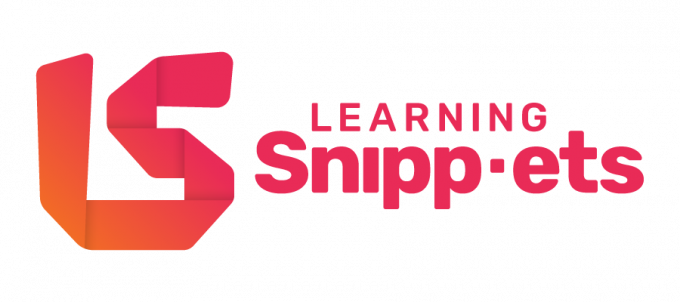
Can We Avoid Burnout?
We often use the term “burnout” as a vague label for an exhausting day or week of hard work, but actual burnout is more than

Significant progress in terms of developing and enforcing accessibility standards has been made since the enactment of the Accessibility for Ontarians with Disabilities Act (2005). Businesses, communities and government officials have to work together to meet the goal of making Ontario more accessible and inclusive by 2025, as projected.
According to the Ontario Ministry of Community and Social Services, 1 in 7 Ontarians has a disability.
Removing barriers, whether they be physical, architectural, technological or informational is essential to ensure all community members can participate effectively in all aspects of society.
This year on January 1st, the Accessibility for Ontarians with Disabilities Act was updated to mandate that:
These updates mean that Ontario-based organizations must make their learning resources accessible. For example, those that use online video must have closed captioning for deaf or hard-of-hearing viewers and video description for blind or low-vision users.
Ontario’s accessibility standards apply to all sectors, including customer service, information and communication, transportation, employment, design of public spaces and more. This means that no matter the field in which you work, there are sure to be implications for your workplace’s daily accessibility operations.
For further information about what you can and must legally do to support people with disabilities, visit the Accessibility in Ontario website here.
Looking to learn more about accommodations in the workplace? Read our blog post, “Emergency Online Learning and Accommodations” and join the mailing list for our weekly Sunday Snippets newsletter to stay up to date on best practices for diversity, inclusion and equity in the workplace.

We often use the term “burnout” as a vague label for an exhausting day or week of hard work, but actual burnout is more than

At Dialectic, we think a lot about DEI, soft skills, and leadership training that makes organizations more inclusive and human-friendly. When we team up with

Ageism commonly affects women over 40 in the workplace. In spite of their tremendous wisdom and experience, women over 40 may be passed over for
Dialectic helps organizations improve the way people work, learn, and collaborate through person-centred design and the latest in social science.

Does your team struggle with soft skills?
Use our app or upload Snippets to your LMS to build better habits in minutes with scenario-based microlearning.
Sign up for our weekly roundup of the latest on DEI, leadership, collaboration, and learning science.
© 2024 Dialectic. All rights reserved. | Contact Us | Privacy Policy | Terms of Use | AODA Statement
See how easy it is to activate soft skills in your organization. Soft skills training on 3 key topics: DEI, Leadership, and Collaboration.